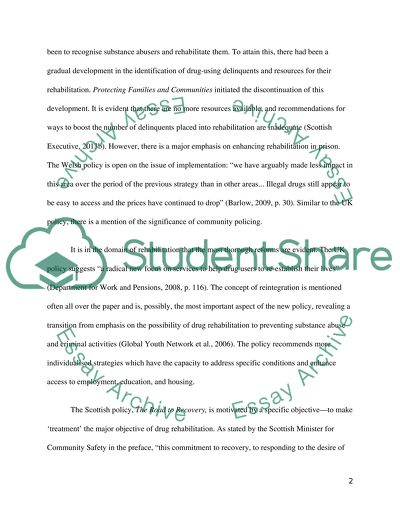Cite this document
(“Substance Abuse Prevention in Scotland and the UK Essay”, n.d.)
Retrieved from https://studentshare.org/health-sciences-medicine/1473294-substance-abuse-prevention-in-scotland-and-the-uk
Retrieved from https://studentshare.org/health-sciences-medicine/1473294-substance-abuse-prevention-in-scotland-and-the-uk
(Substance Abuse Prevention in Scotland and the UK Essay)
https://studentshare.org/health-sciences-medicine/1473294-substance-abuse-prevention-in-scotland-and-the-uk.
https://studentshare.org/health-sciences-medicine/1473294-substance-abuse-prevention-in-scotland-and-the-uk.
“Substance Abuse Prevention in Scotland and the UK Essay”, n.d. https://studentshare.org/health-sciences-medicine/1473294-substance-abuse-prevention-in-scotland-and-the-uk.


